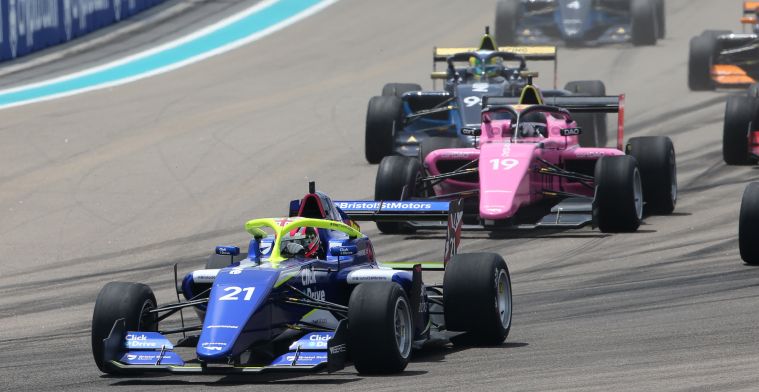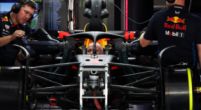Column

The F1 Academy figures tell a misleading story
The F1 Academy has finalised the line-up for the competition's first season. Spanish driver Marta Garcia will race for Prema, filling the last seat in the brand-new competition. While things remain eerily quiet around the other competition for female drivers - the W-series - the F1 Academy is about to begin its first season. Will this competition be able to deliver on its own promise?
The F1 Academy was announced in late 2022 as a new feeder series to Formula 1. With Susie Wolff in charge of the series, a big name was brought in to manage the new competition. The aim was to give young, female talent a chance to prove themselves, eventually moving on to Formula 3, Formula 2, and Formula 1.
That objective made the first driver announcement all the more remarkable. At 25 years old, Lena Buhler is as old, or older, than nine of the current Formula 1 drivers. Her CV also by no means stood out: despite her age, she had only driven in racing competitions for four years, her best result being a 15th place in Spanish Formula 4. Admittedly, the delay in her career is also because she made the switch from BMX racing to karting relatively late.
Bit by bit, the other drivers have been announced in recent weeks. About half are 20 or over, and while most have had pretty decent results in karting, none of them have yet won a car racing competition. Most of them drove in the back of the competitions they raced in.
The numbers do not necessarily tell the whole story
Let's make it clear right away: numbers on paper do not tell the whole story. Anyone looking at Nikita Mazepin's Wikipedia page will see a seemingly impressive result in the junior series, but viewers of the 2021 Formula 1 season are unlikely to label him as a great talent by any means. Max Verstappen had virtually no racing series experience when he stepped into a Toro Rosso in 2015, but no one will argue that he is not talented enough for Formula 1.
The numbers for most drivers in the F1 Academy are not stunning, but it can't hurt to wait and see what they will actually perform on track. In the end, that is exactly what a feeder series is for: to let drivers gain experience and prove themselves in a competitive field. And there are some pretty respectable results here and there. Carrie Schreiner finished 43rd at the 24 Hours at Nurburgring, in a race where as many as 121 cars were on the track. Hamda Al Qubaisi is only 20, but she has twice finished fourth in the Formula 4 standings in her home country of the United Arab Emirates. Megan Gilkes finished second in the first race competition she entered. These may not be results that suggest the next Formula 1 champion is among them, but it does show that these drivers have quite a bit to offer. And don't forget the younger drivers: Chloe Chong gets her first chance to compete in a car race in this competition. Sixteen-year-old Chloe Grant is thus promoted from local competitions, as is her 17-year-old compatriot Jessica Edgar. For these drivers, the F1 Academy offers an important opportunity.
The conclusion
We need to be patient and give the F1 Academy a chance to prove itself. In the first year, the recruitment is not great yet, but this new category will take a few years to find its feet and bring in the right drivers. And while it doesn't look like the W-series will return this year, this competition will give female drivers a chance to prove themselves. With big names like Prema, MP Motorsport and Carlin, it is also a shorter leash to the other competitions than the W-series had.
The F1 Academy is a long-term investment. It has to become an important step on the ladder to Formula 1. You're not going to get that done in one year. But the existence of this competition is already a great step in the right direction.



















































